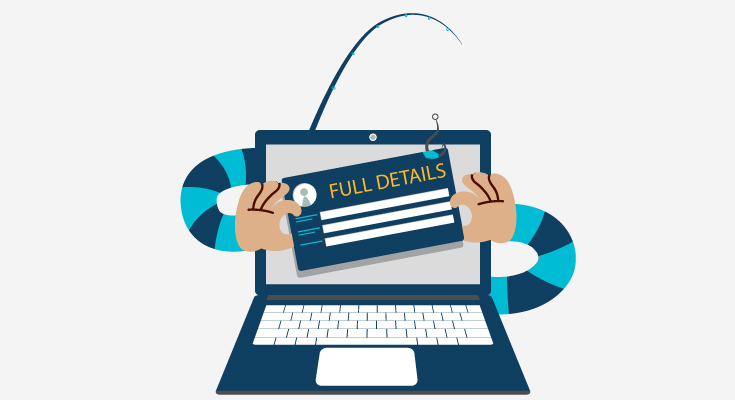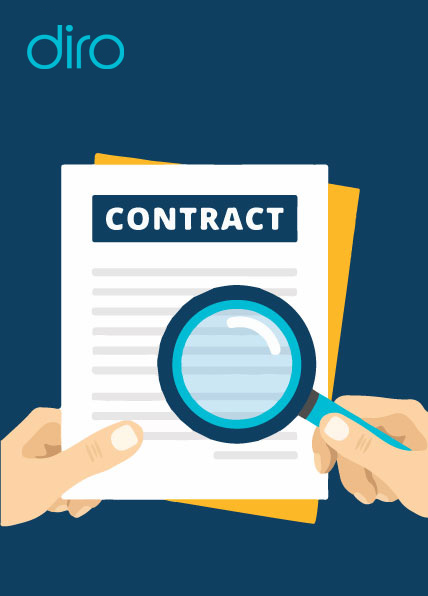5 Ways to Fight First Party & Synthetic Identity Fraud

Synthetic fraud and first-party fraud is becoming a major challenge. Both first-party fraud and synthetic fraud are hard to detect. In this guide, we’ll dive deeper into how banks and telecom organizations can identify these types of fraud without adding friction to the process of real customers.
The biggest problem with first-party fraud is figuring out real customers from fake ones. Making the onboarding process too difficult can discourage genuine customers from signing up. Banks and telecom have to make the process easier to encourage business. At the same time, they need to prevent fake customers from signing up.
Without properly analyzing these fabricated customers, businesses are at a higher risk of onboarding fraudsters. Here are the top 5 ways for businesses to fight first-party fraud and synthetic identity fraud.
Tips to Fight First Party & Synthetic Identity Fraud
Here are some ways businesses can employ to fight first-party fraud and synthetic fraud.
1. Learn the Difference Between Bad Debt and Intentional Bad Debt
Businesses need to be aware of the differences between intentional and unintentional bad debt or fraud. With the right type of analytics, basic patterns of intentionality can become easy to spot. These include linked accounts that people used to pay fake bills for each other or to mimic payroll deposits.
2. Learn to Characterize Fraud
This is where a lot of businesses fail. To prevent fraud, first businesses must learn to correctly characterize fraud. Fraudsters try to showcase fraudulent activities as bad debts.
Characterizing fraud will help you identify patterns and common methods that fraudsters use. Knowledge of common methods can then be passed on to the employees.
3. Define Rules
If your organization doesn’t have a set of pre-defined rules for fraud prevention, you’ll always face challenges against fraud.
A business should always have some pre-defined rules. Moreover, there should be a model to perform link analysis, this helps in examining data for known patterns.
Some of the most common signs of fraud include phone numbers, names, email addresses, and other identifiers that fraudsters use to apply for loans, and other forms of debt over and over again.
Fraudsters use the same information repeatedly to convert a fake ID into a legit-looking one with some financial history.
4. Enhance Sign-Up Process
Knowing that you know common signs and tricks used by fraudsters, you can implement methods to improve your onboarding process. You can monitor the links between applications.
As fraudsters use the same information over and over again, you can look for declined applications due to credit risk, or new applications where very little information is provided.
Make it hard for fraudsters to use an identity they’ve created to sign-up. At the same time, ensure that the onboarding process isn’t too complicated for the ordinary user.
5. Tag Suspicious Activities
There will be times when you won’t be able to figure out if the account is fraudulent or not due to a lack of evidence. Instead of outright rejecting/accepting the application, you should tag the account as suspicious.
This is a part of enhanced due diligence (EDD). Once the account is opened and credit is provided, make sure to closely monitor the account for any suspicious or “out of behavior” activities.
You can look for sudden changes in the account information (Name, address, banking information, etc). This is one of the most common ways to detect fraudulent activities.
Conclusion – Be Proactive While Fighting Fraud
Fraudsters are always on the move, looking for new ways to exploit financial institutions, so it makes sense to be proactive. Organizations have to be extra vigilant and need to provide the level of customer experience that has become standard.
It’s high time to combine fraud prevention methods and user-friendly customer onboarding techniques to come up with a seamless experience.













